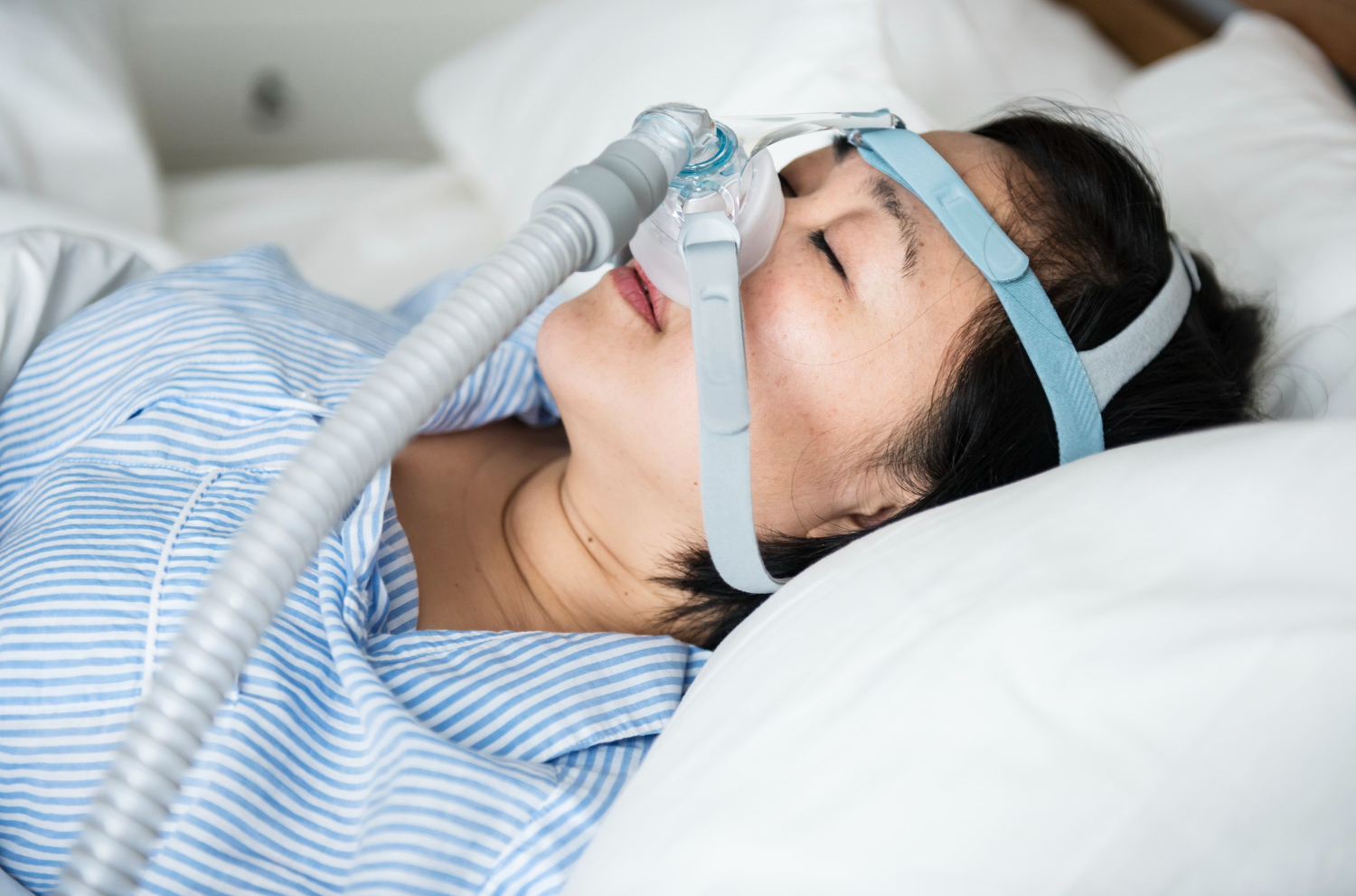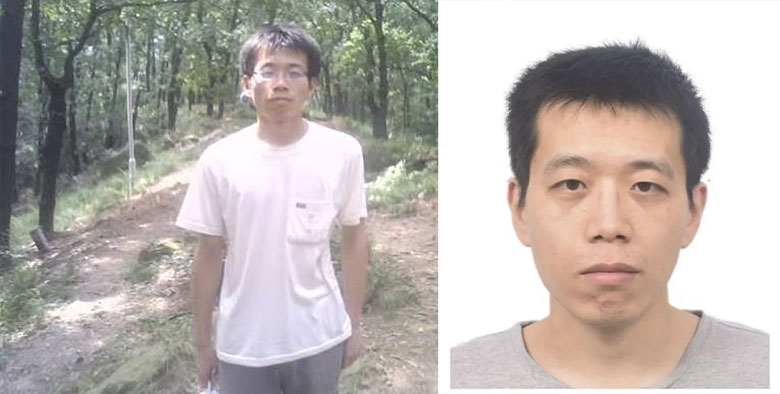- Know Everything About Nipah Virus, Which Is Back In Kerala Again
- Kevin Porter Jr Arrested On His Girlfriend’s Assault Charge
- Market Change Overnight - Know The 8 Things That Did It
- Who Are Alba Baptista And Chris Evans Married On The Weekend?
- Disrupted India vs Pakistan Asia Cup 2023 Match on Reserve Day
- 10 Common Foods That Contain No Calories or Are Very Low in Calories
- Men’s Styling Tips - Know the 9 Common Style Mistakes to Avoid
- Coco Gauff Beats Karoline Muchova and Reaches the US Open Final
- Danny Masterson Gets Life Sentence of 30 Years for Two Rapes
- Experience A Splendid Vacation in Kashmir with These 15 Gorgeous Sights
- India
- Saturday , July 27, 2024
- Last Published Sep 12, 2023, 6:48:32 PM

All You Need To Know About Obstructive Sleep Apnea (OSA)
Obstructive sleep apnea (OSA) is a condition in which the upper airway of the body compresses frequently during sleep. According to trusted sources, it is the most frequent sleep-related respiratory condition. Although OSA is more common in elderly men, it can infect anyone, even toddlers. Following menopause, the frequency climbs to the point that men and postmenopausal women have identical incidence. Bappi Lahiri was a renowned singer-composer known as the Disco legend of Bollywood who subsequently ruled the Indian Music Industry in 1970s and 1980s. He died after severe health concerns on 15th February 2022. He was 69 years old and was a patient of Obstructive Sleep Apnea (OSA). Causes The below are some of the Obstructive Sleep Apnea causes:
- Obese persons suffer from hypoventilation syndrome, a respiratory disease.
- Chronic lung disorders, such as asthma, COPD, and pulmonary fibrosis
- Neuromuscular diseases, such as a stroke, which can disrupt brain signals to airway and chest muscles.
- Heart or renal failure, which can lead to fluid accumulation in the neck and obstruct the upper airway.
- Endocrine abnormalities, including acromegaly, hypothyroidism, and polycystic ovary syndrome. It may impact the breathing cycle during sleep.
- Pregnancy
- Snoring loudly
- Snorting
- Choking
- Gasping
- Convulsions when sleeping
- Headaches in the morning
- Drowsiness
- Irritability or grumpiness
- Forgetfulness
- Frequent awakenings during the night
-
- Hyperactivity in children
- Decline in school performance
- Sexual indifference
- Overweight or obese
- Male persons with a collar size of 17 inches or more
- Females with a collar size of 16 inches or more
- Thick tonsils
- A wide tongue that can obstruct breathing
- A limited palate or airway that breaks more easily.
- Retrognathia that is when the bottom jaw is narrower than the upper jaw
- Smoking habits
- A history of OSA in the family
- PSG: You get admitted to a hospital overnight while being connected to a host of monitoring equipment. The devices record physiologic variables during polysomnography. Sleep-disordered breathing, as well as a variety of other sleep disturbances, can be detected by sequences of physiologic abnormalities. The PSG monitors the activity of many organ systems that are linked to sleep.
- EOM or EEG: Electrodes are connected to the patient's scalp during an EEG to monitor brain waves before, between, and after sleep. Eye movement is recorded by the EOM. A thin electrode is put 1 centimeter above the right eye's outer upper corner, and another is implanted 1 centimeter below the left eye's outer lower corner.
- EMG: Two electrodes are inserted on the patient's chin during an EMG: one above and one below the jawline. On each shin, more electrodes are implanted. The electrical activity created during muscular movements is picked up by the EMG electrodes. Muscle relaxations take place when the patient is in sleep mode. EMG detects muscle movements during sleep.
- ECG: During deep sleep, a single-lead ECG monitors the electrical impulses from the heart to monitor the patient's heart rate and rhythm.
- Pulse Oximetry: A pulse oximeter is clipped onto a thin region of the human body with adequate blood flow, like a fingertip or earlobe. The oxygen saturation level of the patient's blood is measured by a pulse oximeter, which employs a small emitter with red and infrared LEDs. During apnea bouts, this level may drop.
- Weight Loss: People suffering from OSA and who are also obese are frequently advised to lose weight through exercise. Weight loss has been shown to reduce the severity of OSA, even if it does not lead to a perfect health condition. If your doctor recommends it, losing weight can help lower blood pressure, minimize daytime drowsiness and enhance longevity.
- CPAP Therapy: One of the baselines of Obstructive Sleep Apnea treatments is CPAP therapy (Continuous Positive Airway Pressure). It's given with the support of a face mask worn at night. At night, the face mask quietly provides positive ventilation to leave the airways open. The airways are propped open by the positive airflow. CPAP is an extremely successful treatment for Sleep Apnea. An oral appliance is a viable option for positive airway pressure therapy for patients with mild to severe OSA who do not benefit from CPAP therapy.
- BPAP Therapy: If CPAP therapy is ineffective, Bi-level Positive Airway Pressure equipment is sometimes used to treat OSA. BPAP machines, also known as BiPAP devices, feature two pressure settings that respond to human breathing, both inhaled and exhaled pressure. It refers to the difference in pressure between inhaling and exhaling.
- Side Sleeping: Positional therapy can assist people in learning to sleep sideways. Sleeping on the back (supine position) can aggravate OSA for certain sufferers.
- Surgery: In elderly patients with OSA, there is no unanimity on the role of surgery. When CPAP or BPAP devices or an oral appliance aren't working, surgical treatment may be the answer. For patients who have OSA resulting from severe, surgically correctable upper airway obstructive lesion, surgical intervention may be the most beneficial.
Disclaimer - The texts with tips or advice mentioned here are only for generic information, but not for a substitute of medical advice. Before applying any advice or tips, you should consult a respective doctor or expert. ATT is not responsible if you have any bad impacts on your health.












